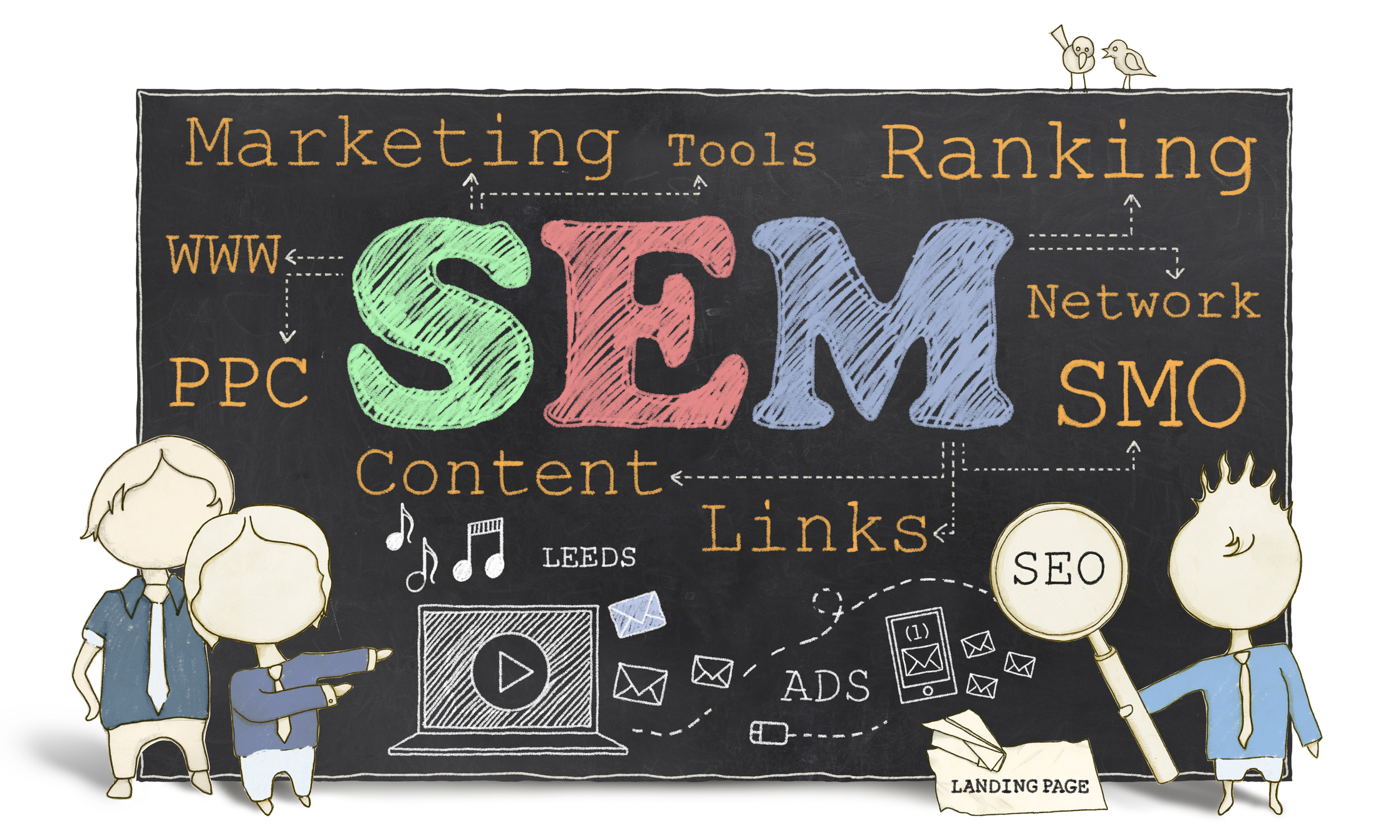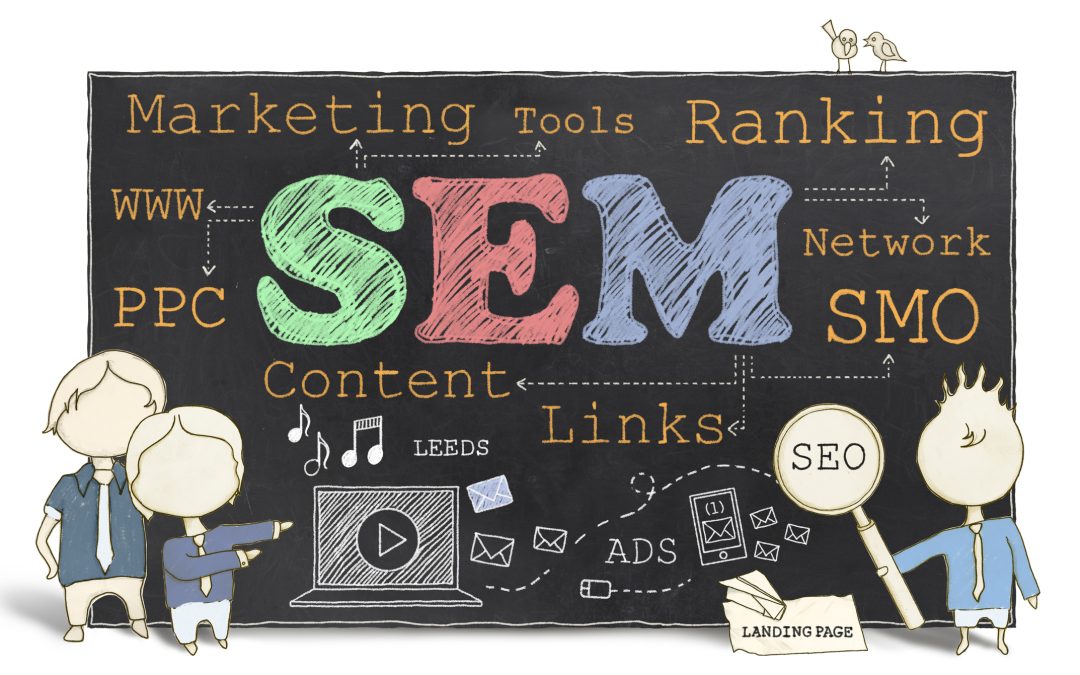
SEO (Search Engine Optimization) and SEM (Search Engine Marketing) are two essential digital marketing strategies used by businesses to improve their online presence, drive traffic to their website, and increase conversions. While the two strategies share a similar objective, they differ in approach, cost, and results. In this blog article, we will explore the differences between SEO and SEM and help you understand which strategy is right for your business.
SEO, as we know, involves optimizing your website for specific keywords and phrases to rank higher on search engine results pages (SERPs) and attract more organic traffic. SEO is a long-term strategy that requires consistent effort and patience to see results. By creating high-quality content, optimizing website structure and metadata, and building backlinks, businesses can improve their website’s search engine ranking and attract more organic traffic over time.
SEM, on the other hand, involves paid advertising on search engines such as Google and Bing to drive targeted traffic to your website. SEM includes a range of paid advertising options, such as pay-per-click (PPC) ads, display ads, and retargeting ads. The primary objective of SEM is to increase website visibility, generate leads, and boost conversions.
One of the main differences between SEO and SEM is their approach to driving traffic. SEO is a long-term strategy that focuses on improving organic traffic to your website. Organic traffic refers to visitors who find your website through unpaid search results. SEO requires consistent effort and patience to see results, but it can deliver sustainable traffic and leads over time. In contrast, SEM is a short-term strategy that focuses on driving targeted traffic to your website through paid advertising. SEM allows businesses to target specific audiences based on location, demographics, and search behaviour, making it a highly targeted and effective advertising option.
Another key difference between SEO and SEM is their cost. SEO is a cost-effective strategy that requires minimal investment beyond time and effort. While businesses may choose to hire an SEO agency or consultant to assist with their SEO efforts, it is possible to optimize your website for search engines with minimal expense. In contrast, SEM involves paid advertising, which can be expensive depending on the industry and competition. While businesses have control over their SEM budget, the cost per click (CPC) for certain keywords can be high, making it challenging to achieve a positive ROI.
Finally, SEO and SEM differ in the type of results they deliver. SEO can deliver long-term, sustainable traffic and leads, but it requires consistent effort and patience to see results. The success of SEO depends on a range of factors, including the quality of your content, the competitiveness of your industry, and the effectiveness of your backlink strategy. In contrast, SEM can deliver more immediate results, allowing businesses to generate targeted traffic and leads quickly. However, SEM is a short-term strategy that requires ongoing investment to maintain its effectiveness.
SEO and SEM are two essential digital marketing strategies used by businesses to improve their online presence and drive traffic to their website. While the two strategies share a similar objective, they differ in approach, cost, and results. SEO is a long-term, cost-effective strategy that focuses on improving organic traffic to your website, while SEM is a short-term, targeted advertising strategy that involves paid advertising. Both strategies have their pros and cons, and businesses should choose the strategy that best suits their needs, budget, and objectives.

